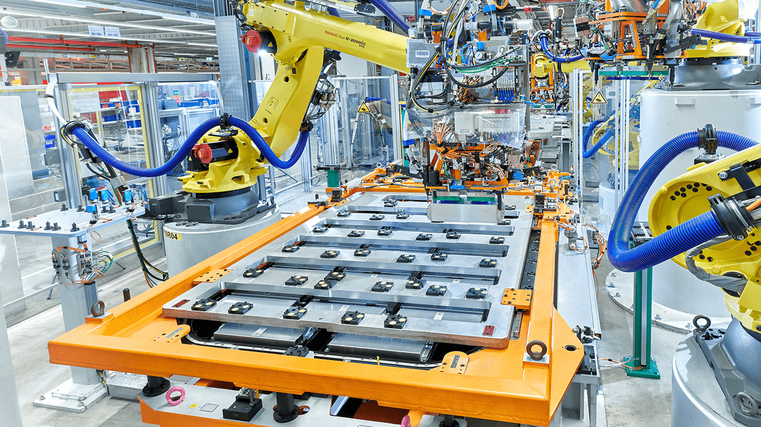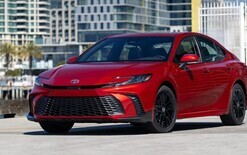Cutting rare earths in EVs

The car industry’s drive to make engines for electric vehicles (EVs) with little to no rare-earth content is accelerating, with Japanese, European, US marques researching alternatives.
Until now, they have mostly relied on motors with rare earth-based permanent magnets, which have been the most efficient at providing the torque to power EVs.
But different types of engines without permanent magnets that previously were too inefficient or large – and those with greatly reduced rare-earth content – have now become commercially viable.
Tesla attracted headlines in 2022 saying it would cut earths from its next-generation models. However, some companies such as Jaguar Land Rover and General Motors, and major suppliers like BorgWarner, are researching or have developed engines with low to zero rare-earth content. These include magnet-free externally excited synchronous machines (EESMs), which generate a magnetic field using electric current.
Some, such as Nissan, are going further by having a dual strategy to develop newer EESM motors and permanent magnet motors in which rare-earth content will be gradually eliminated.
China dominates the mining and processing of a group of 17 metals known as rare earths, although companies elsewhere also supply them.
Recent Chinese restrictions on exports of gallium and graphite, which is critical for EV production, have highlighted the risk of over-reliance on China.
German supplier ZF has developed an EESM that it says matches the size and performance of permanent magnet motors.
ZF is in discussions with US, European and Chinese marques to supply the motor and it could be in production model EVs within two years, says Otmar Scharrer, chief technology officer.
Refining rare earths, such as neodymium and dysprosium, involves solvents and toxic waste that conflict with sustainability goals.
“If you get it right, you’ve got a much more sustainable product,” says Ben Chiswick, of Detroit-based Drive System Design, which is developing rare earth-free motors with three carmakers.
Some marques, such as BMW, are already there after years of research. “It was not a home run, but it works well without rare earths,” says Uwe Deuke, the engineer in charge of developing the EESM for the company’s next-generation EVs.
The average EV permanent magnet motor uses around 600g of heavy rare-earth neodymium. Prices have fluctuated greatly for neodymium – at around US$125/kg now, it is down from a peak of about US$223 in 2022 but well above US$65 in 2020.
Vitesco Technologies designed an EESM motor for Renault and has a new version coming in 2026. It says rare earth-free alternatives avoid such price swings.
Others like US start-up Niron Magnetics are developing permanent magnets without rare earths.
Tesla’s announcement on dropping rare earths “opened up buyers” eyes to the fact need rare earths aren’t really required to to make EV magnets, says Jonathan Rowntree, Niron’s chief executive officer.
Nissan uses an EESM motor in its Ariya crossover, and the brand is now developing better EESM motors and permanent magnets whereby rare earths will be phased out, reports Reuters.
James Edmondson, an analyst at consultancy IDTechEx, says now rare-earth prices have fallen, carmakers are watching China to see if governments take action that would curb the use of Chinese rare earths, which is “why they have other technologies waiting in the wings”.
IDTechEx forecasts that as of now rare-earth permanent magnet motors will lose some global market share over the next decade, but will still make up in excess of 70 per cent as Chinese makers of electric cars face no pressure to curtail their use.
In cases where western carmakers are sticking with rare-earth permanent magnets, they are working to reduce their content. For example, Edmondson says Mercedes-Benz’s next-generation EV platform has almost no heavy rare earth content.





